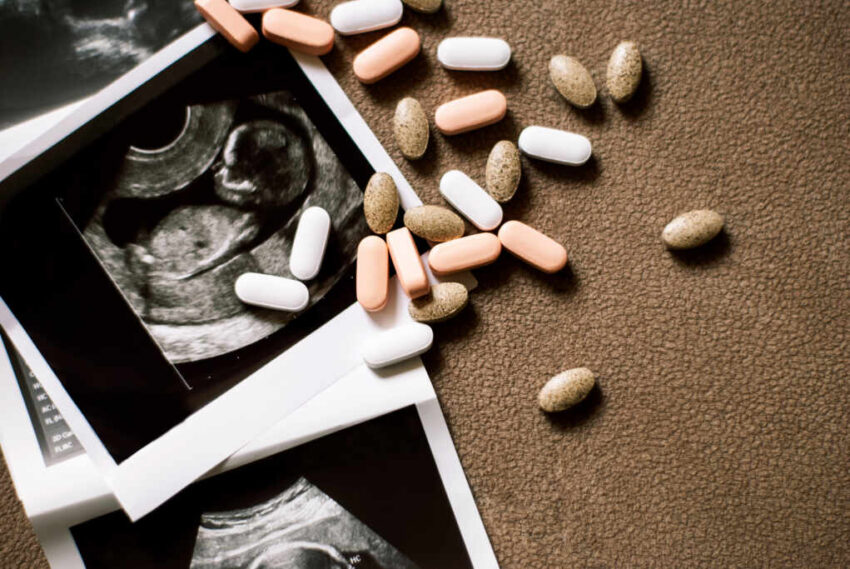A fierce internal reckoning has emerged within the U.S. pro-life movement, as advocates confront the hard truth that abortion rates remain high three years after the landmark Dobbs v. Jackson Women’s Health Organization decision, fueling a strategic pivot amid rising chemical abortion use.
At a Glance
- The landmark Dobbs ruling ended federal abortion protections in June 2022
- U.S. abortion rates remain elevated due to chemical pills and interstate travel
- Pro-life groups now target Planned Parenthood funding and mail-order pill restrictions
- National abortion figures reached a decade-high in 2023
- Some regions report rising infant and maternal mortality post-Dobbs
A Legal Win, But Reality Hits
The Dobbs v. Jackson Women’s Health Organization ruling shifted abortion regulation to individual states, reversing Roe-era federal protections. Pro-life leaders initially celebrated, predicting sharp declines in abortions. However, as Fox News reports, the reality is sobering: abortion opponents are now focusing on defunding Planned Parenthood and curbing mail-order medications after national abortion rates rose to a decade-high in 2023, according to the Guttmacher Institute.
Watch a report: Pro-Life Movement Confronts High Abortion Rates Post-Dobbs.
Pills, Politics and Policy Pivoting
A surge in chemical abortions, driven by medications like mifepristone, has altered the abortion landscape. Mail-order access and cross-state travel have helped maintain high abortion rates despite restrictive laws in many states. According to Fox News, pro-life organizations are now redirecting efforts toward limiting pill availability and backing state lawmakers who support tighter abortion controls.
This pivot signals a broader recalibration: rather than pushing outright bans, the movement increasingly focuses on constraining medical and logistical access to abortion.
Health Fallout and Future Stakes
Post-Dobbs public health trends are troubling. A Reuters investigation found a 7% national rise in infant mortality following the ruling, with Texas alone seeing a 13% increase. NBC News reported worsening maternal death rates in regions with severe abortion restrictions.
These unintended consequences are stoking debate: while pro-life groups lament any loss of life, critics argue that Dobbs-era policies have jeopardized maternal and infant health. The pro-life movement’s challenge now lies in navigating this complex new reality—balancing political momentum, public health outcomes, and shifting societal views—as the fight over reproductive rights enters its next phase.
Click this link for the original source of this article.
Author: Editor
This content is courtesy of, and owned and copyrighted by, https://thecongressionalinsider.com and its author. This content is made available by use of the public RSS feed offered by the host site and is used for educational purposes only. If you are the author or represent the host site and would like this content removed now and in the future, please contact USSANews.com using the email address in the Contact page found in the website menu.








